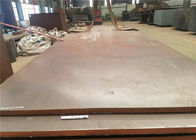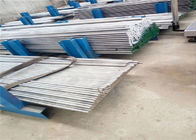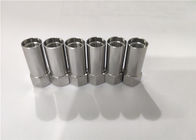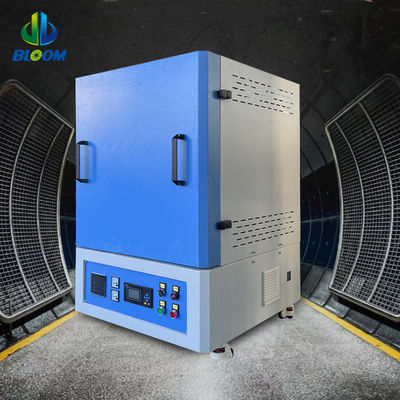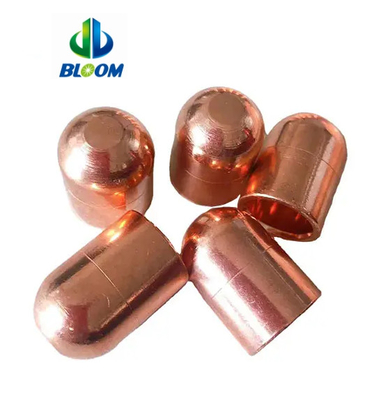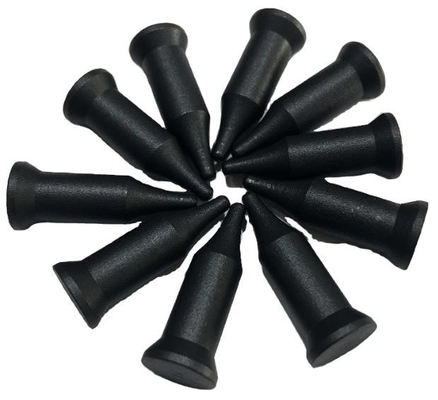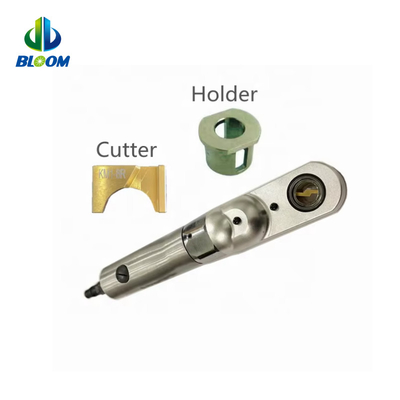In modern manufacturing, particularly in the automotive, electronics, and appliance industries, a reliable and efficient method for joining metal sheets is indispensable. This is where a Resistance Spot Welding Machine plays a pivotal role, revolutionizing how many products are assembled. But how exactly does this machine work, and why has it become so central to industrial joining processes?
A Resistance Spot Welding Machine is a welding process that joins metal parts by applying pressure and passing an electric current through the workpieces for a short duration. The resistance to the current flow at the contact point between the two metal sheets generates intense heat, melting a small spot of the metal and fusing the pieces together. No filler material is typically needed.
The process involves key steps:
Placement: Two or more metal sheets are placed between two electrodes.
Pressure Application: The electrodes apply pressure to hold the sheets firmly together.
Current Flow: A high-amperage, low-voltage current is passed through the electrodes and the metal sheets.
Heat Generation: Due to the electrical resistance, intense heat is generated at the interface of the metal sheets, leading to localized melting.
Weld Nugget Formation: The molten metal forms a "nugget" that fuses the sheets.
Cooling and Solidification: The current is turned off, and the pressure is maintained as the nugget cools and solidifies, forming a strong weld joint.
Why does a Resistance Spot Welding Machine revolutionize industrial joining?
Speed and Efficiency: Spot welding is incredibly fast. A weld can be completed in fractions of a second, enabling high-volume production lines.
Automation Capability: The process is highly suitable for automation, allowing robots to perform precise and repetitive welds, further boosting productivity and consistency.
Minimal Heat Distortion: Because heat is concentrated in a small spot for a short time, overall heat distortion to the surrounding material is minimized.
Clean Process: It produces no fumes, spatter, or need for shielding gases, making it a cleaner and safer welding method compared to arc welding.
Cost-Effectiveness: Its speed, minimal material waste, and suitability for automation contribute to lower manufacturing costs per unit.
Strong, Durable Joints: When parameters are correctly set, spot welds create strong and reliable joints essential for structural integrity, for example, in car bodies or metal enclosures.
Versatility: While most commonly used for steel and aluminum, it can be adapted for various Alloy Materials like those used in specific electronic components.

 Your message must be between 20-3,000 characters!
Your message must be between 20-3,000 characters! Please check your E-mail!
Please check your E-mail!  Your message must be between 20-3,000 characters!
Your message must be between 20-3,000 characters! Please check your E-mail!
Please check your E-mail! 
